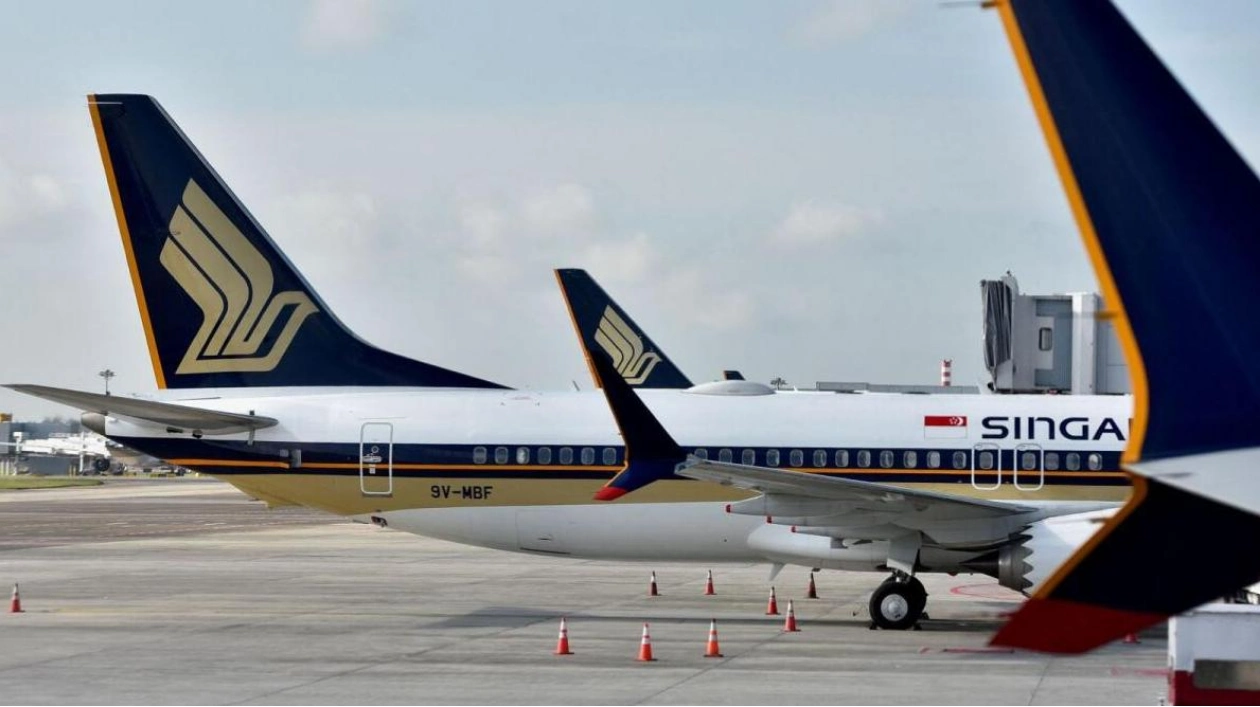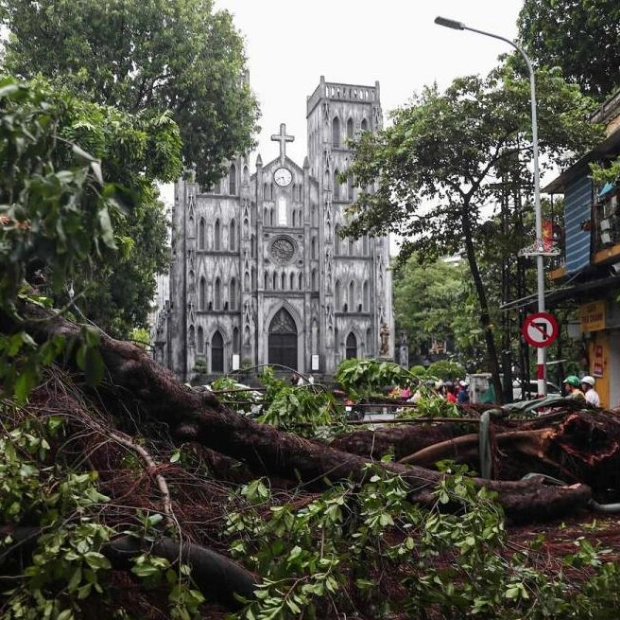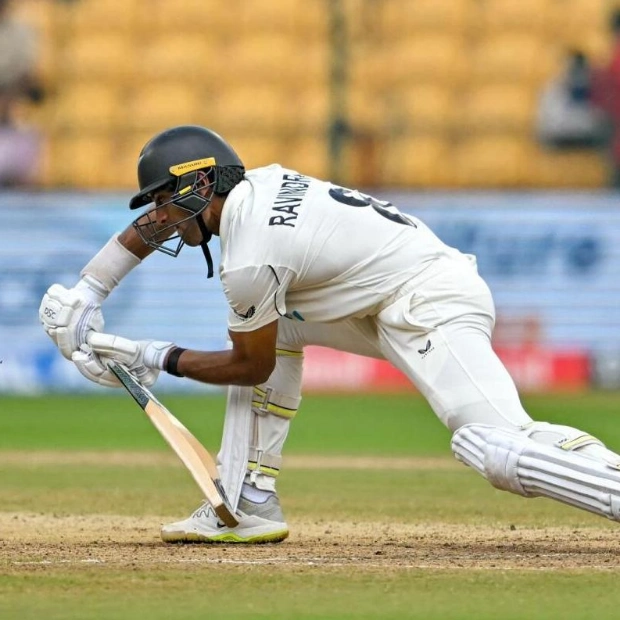Singapore Airlines has made adjustments to its policies regarding in-flight seatbelt signs and has also changed at least one flight route following a recent incident of turbulence, which resulted in the death of one person and left many others hospitalized. The airline, along with flight data, confirmed these changes.
In its statement to Singapore broadcaster Channel News Asia, the airline stated that it will be taking a more cautious approach towards turbulence, which includes refraining from serving hot drinks or meals when the seat belt sign is illuminated. The safety of both passengers and crew members is of utmost importance, and the airline is committed to continually reviewing its processes, as mentioned in the statement.
Singapore Airlines did not provide a comment in response to a request from Reuters. Following the turbulence incident, the SQ321 London-Singapore flight, operated by a Boeing 777-300ER and carrying 211 passengers and 18 crew members, was forced to divert to Bangkok for an emergency landing on Tuesday. The aircraft experienced severe turbulence, causing passengers and crew to be tossed around the cabin, with some individuals hitting the ceiling.
Since the incident, the daily London to Singapore route SQ321 has completed two flights but has avoided flying over the portion of Myanmar where the turbulence occurred. Instead, it has taken a different route over the Bay of Bengal and Andaman Sea, according to data from flight tracker FlightRadar 24.
After the airline reported that the plane encountered sudden extreme turbulence on Tuesday, it was revealed that a 73-year-old British passenger passed away due to a suspected heart attack. Images from inside the aircraft depicted damage to the overhead cabin panels, dangling oxygen masks and panels, as well as scattered luggage. According to a passenger, some individuals sustained head injuries from hitting the ceiling lights and breaking the panels.
As of late Thursday, 46 passengers and two crew members were hospitalized in Bangkok, with 19 others still remaining in the city. Twenty out of the 46 hospitalized individuals were in intensive care, with officials from Bangkok's Samitivej Srinakarin Hospital noting that the injuries included spinal cord, brain, and skull injuries.
Singapore Airlines, a globally respected airline often viewed as a benchmark for the industry, has not encountered any major incidents in recent years.






